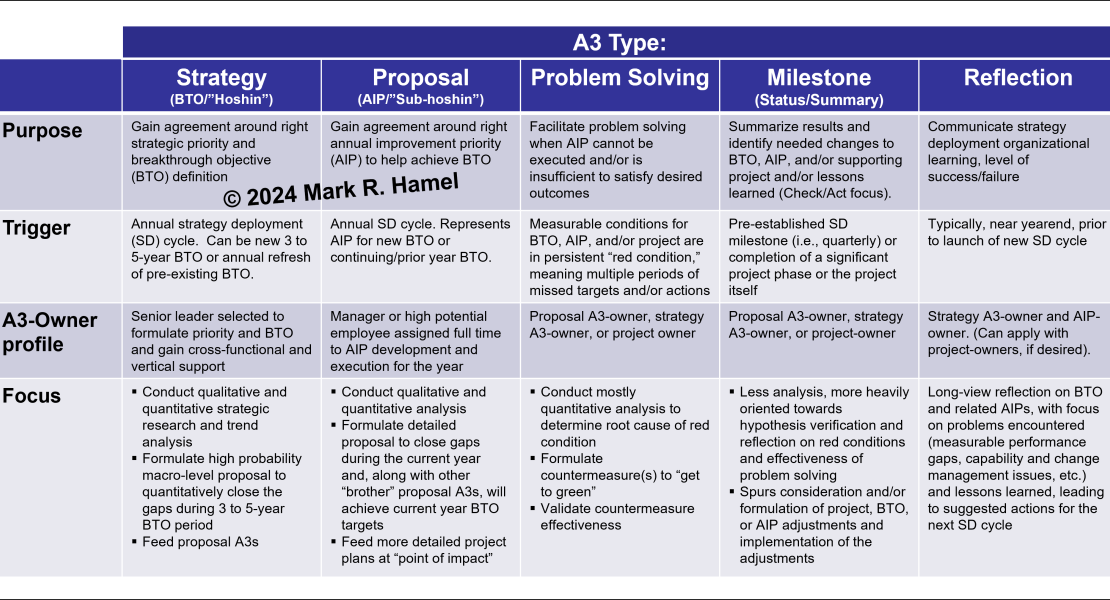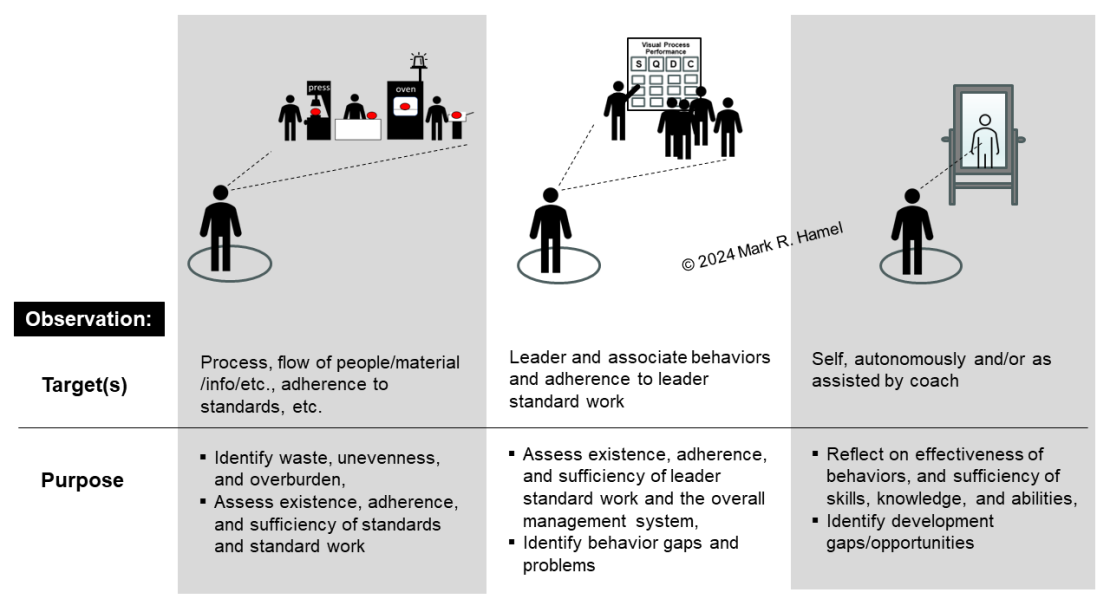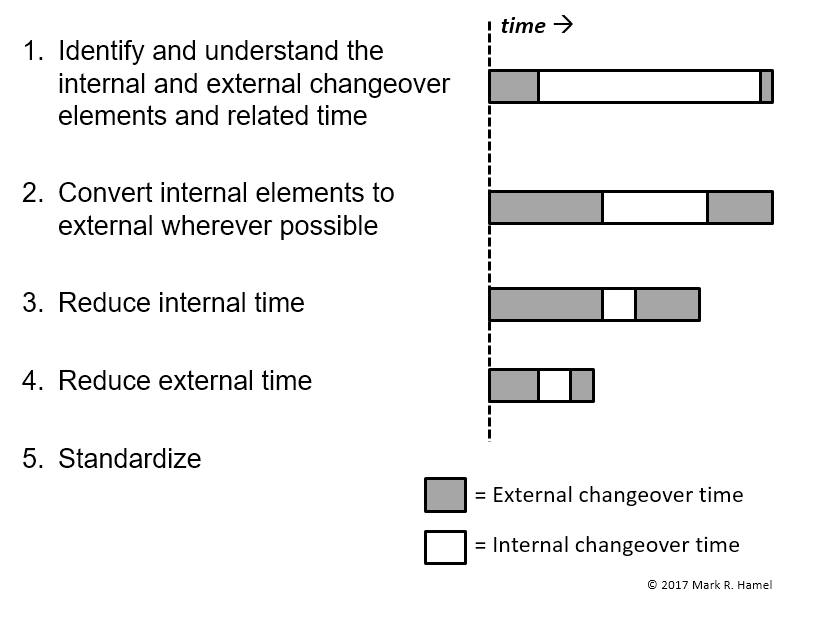Corrective Feedback: Four Zones and Two Poles
Effective coaching requires feedback, both positive (aka reinforcing) and corrective. Think of it as a check, or “C,” in our individual and team-based application of PDCA. We can’t sustainably improve without it.
In other words, open-looped systems don’t work well for processes or people. If we don’t discern and understand the gap, we won’t be compelled to change. The change is the “A,” or adjust, in PDCA.
Now, let’s focus our attention on corrective feedback.




